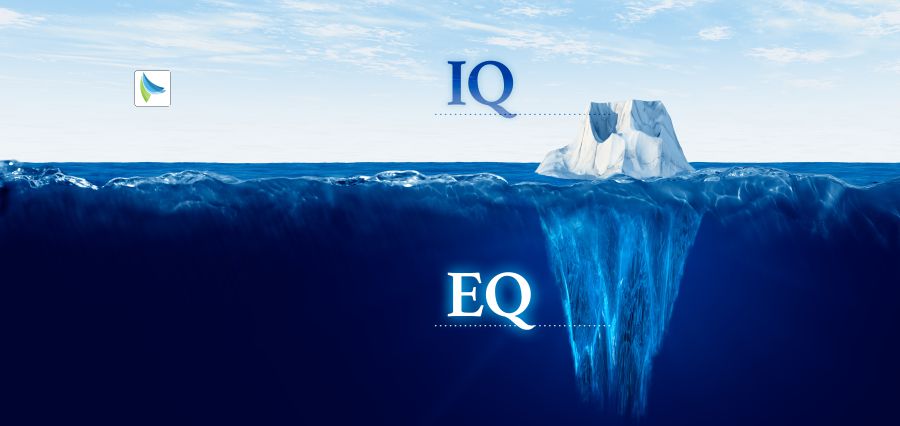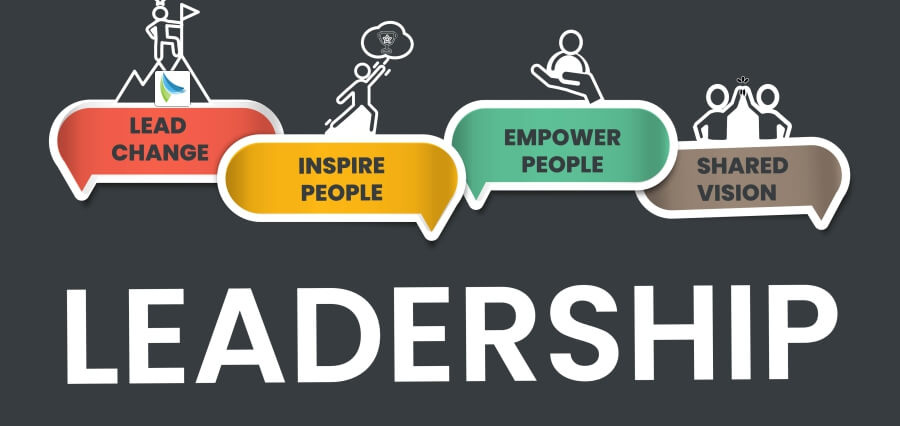The Geometry of Leadership Excellence
The concept of leadership excellence is regularly discussed in numerous fields, including psychology and organizational behavior. However, a very interesting model to perceive its complexity is through the prism of geometry. Like the shapes, lines, and angles combine to form balance and composition in geometric forms, leadership excellence is a result of a good interaction between authority and influence.
Understanding Leadership Excellence Through Geometry
Fundamentally, leadership excellence refers to the capacity to inspire, direct, and influence others towards a common objective. But this is not a linear process and is more of a multidimensional geometric figure with different angles depicting diverse aspects of power and influence.
Angles define the integrity and functionality of the shape in geometry. In geometry, the integrity and functionality of the shape is defined by angles. Likewise, in leadership, aspects of power, expertise, and decision-making, also referred to as positional power, and the aspect of influence, persuasion, emotional intelligence, and relationship building, together create a balanced and robust framework. A leader possessing all these dimensions will establish a healthful and correct structure that can adapt to different challenges.
The Angles of Authority
Authority is the foundation of excellent leadership. It is the formal authority that is bestowed upon a leader by an organization or community that gives one a legitimate authority to make decisions and to enforce compliance. Nevertheless, power itself is complex, with various angles included, which lead to effective leadership.
-
Positional Authority
This is the angle where power is based on name or position in a hierarchy. Positional authority creates visible lines of responsibility and accountability. This empowers leaders to distribute resources and lead teams. In the absence of this angle, leadership will be directionless or inconsistent.
-
Expert Authority
The other dimension is expert authority, which is based on the knowledge, skills, and experience of the leader. This type of authority is respected and trusted because it demonstrates competence, and not positional power. Excellence in leadership in this aspect means that the decisions made are credible, strategic, and informed.
-
Moral Authority
Ethical excellence of leadership is moral authority. When leaders are honest, fair and transparent, they earn moral authority that boosts their legitimacy. The angle makes the followers loyal and creates trust.
The Angles of Influence
Whereas authority determines the right to lead, influence determines the potential of the leader to impact beliefs, behaviors, and attitudes. The forms of influence tend to be more covert and complicated and are not dictated by authority but through social and psychological mechanisms.
-
Persuasive Influence
An important angle of influence is persuasion. Communication and negotiation leaders can harmonize various viewpoints, encouraging agreement and action. Effective persuasion means it is necessary to comprehend people’s needs, implement ideas in a powerful way. And it is the process of influence, not dictation.
-
Emotional Intelligence
Another important angle of influence is emotional intelligence. Effective leaders understand themselves and how to manage their emotions, and the emotions of others, which will help them build a stronger bond. This emotional consciousness promotes empathy, decreases conflict, and increases collaboration, which are essential leadership components.
-
Relationship-Building
Establishing good relations is a tactical aspect of influence. The relationships founded on trust develop an encouraging atmosphere where followers feel respected and empowered. Leadership excellence becomes a reality when leaders invest in building sustainable networks in the long run.
-
Balancing Authority and Influence
Leadership geometry demands balancing these angles of power and influence. Excessive focus on positional power can result in authoritarianism, which suppresses creativity and involvement. On the other hand, the use of influence without a clear sense of authority may end up creating a lack of purpose and confusion.
Successful leaders adjust their style according to the circumstances and move back and forth between the relational and structural angles of influence. Such a dynamic balance forms a shape of leadership that is stable and flexible enough to lead organizations through complexity and change.
End Note
Leadership excellence is a metaphor that encompasses the many facets of an effective leader. The balancing and combination of various angles of authority and influence are the whole concept of leadership excellence because the geometric shapes can only keep their shape when they are using the right angles. A sense of these dimensions helps leaders to be holistic in approach (integrating the aspects of power and empathy, structure and flexibility, authority and real influence). Doing so, leaders can address complexities and ensure the long-term success.











